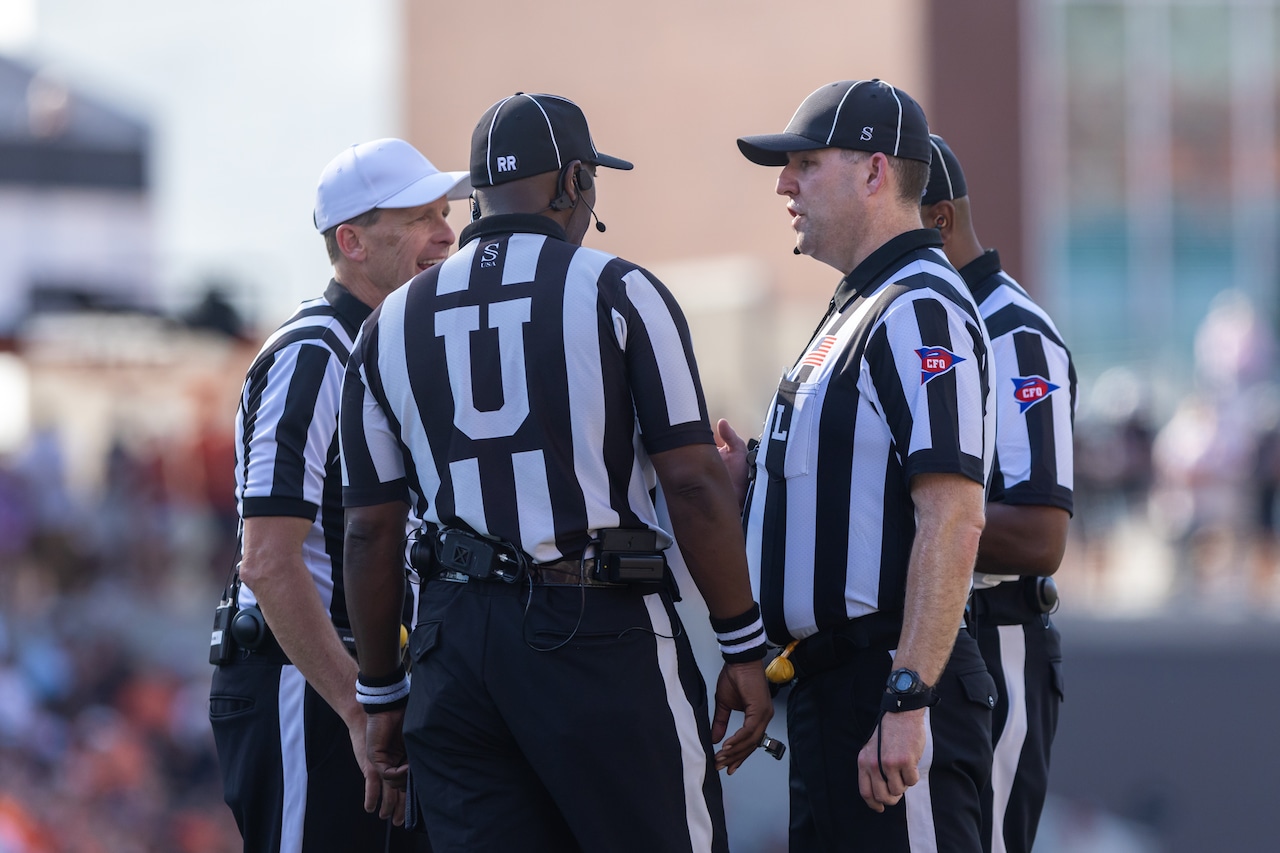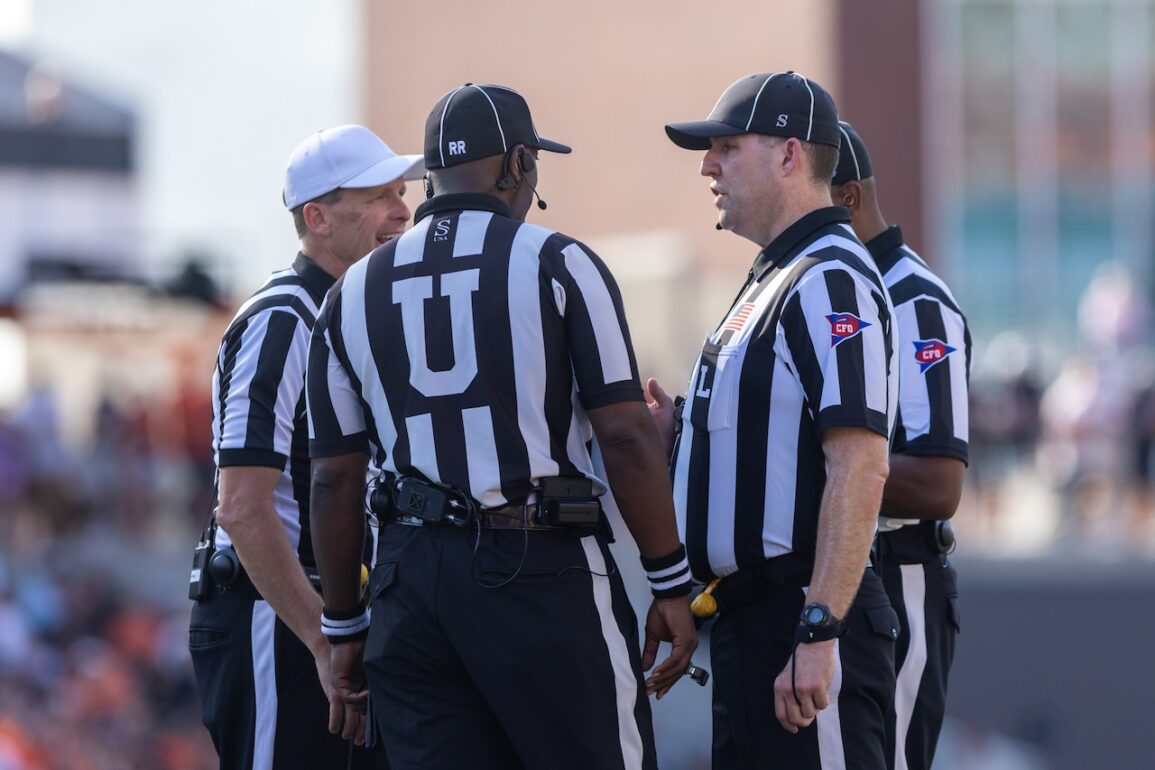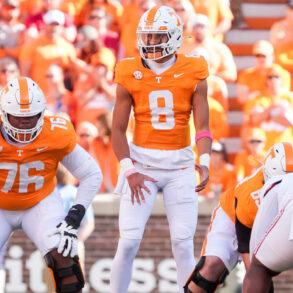
The NCAA Playing Rules Oversight Panel approved several rule changes for college football in 2025 on Thursday, including one targeted at curbing “fake” injuries.
Under the new rule, if medical personnel enters the field to treat an injured player after the ball has been spotted, that player’s team will be charged a timeout. If that team has not timeouts remaining, it will receive a 5-yard delay of game penalty.
Teams appearing to fake injuries has become a hot-button topic in college football in recent years, as defenses try to find ways to slow down no-huddle or “tempo” offenses. The issue came to a head in 2024, when SEC commissioner Greg Sankey told league members in November he would begin assessing fines and possible suspensions for coaches of teams who appeared to “feign” injuries in order to stop the clock without using a timeout.
Other rules approved for 2025 by the Oversight Panel:
• Teams will receive only one additional timeout once a game reaches the third overtime period. In the past, teams received an additional timeout for every overtime period.
• Replay decisions will be announced only as “upheld” or “overturned.” There will no longer be a distinction between “upheld” and “stands,” the latter meaning there was not enough video evidence to overturn the call on the field, even if it appeared to be wrong.
• If any player on a kickoff-return team makes the “T” signal, the play will be blown dead with no opportunity for a return. This rule change appears to address a confrontation between South Carolina head coach Shane Beamer and Illinois head coach Bret Bielema during last season’s Citrus Bowl.
• Offensive players can no longer use the words “move” and “stem” prior to the snap to simulate defensive signals. This modification enhances a previous rule preventing defensive players from calling signals that simulate a snap count or cadence.
• If, after the two-minute timeout in either half, the defense commits a penalty with 12 or more players on the field and all the players participate in the play, the offensive team will have the option of resetting the clock to the time before the play. This change appears to address the end of the Ohio State-Oregon game last October, in which the Ducks apparently took an intentional illegal participation penalty in order to run time off the clock.
This post was originally published on this site be sure to check out more of their content.








